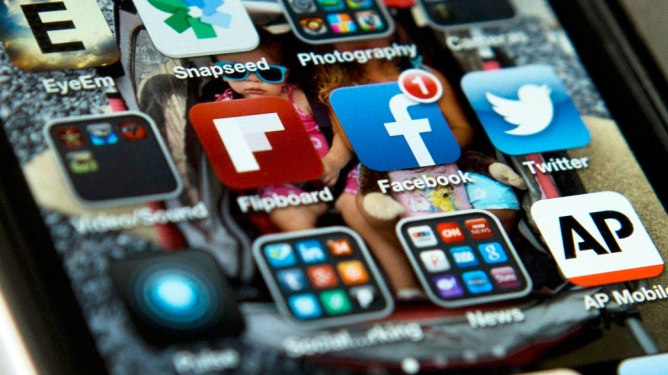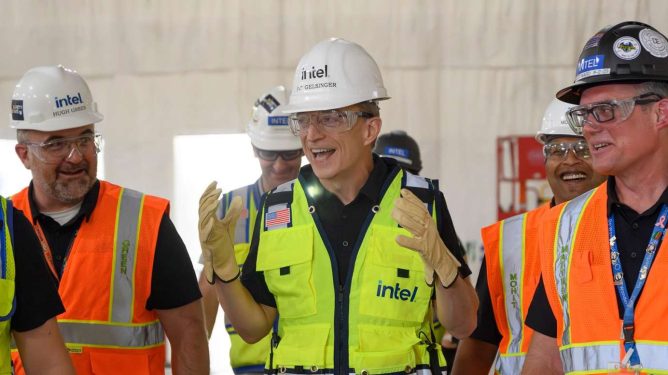Hello, tech enthusiasts! I’m Emily Chen, coming to you from the heart of New Jersey, where innovation and delicious bagels are always on the menu. Today, we’re embarking on a fascinating journey through the world of 3D avatar generation. Get ready to dive into a groundbreaking research paper that’s making waves in the AI community: ‘StyleAvatar3D: Leveraging Image-Text Diffusion Models for High-Fidelity 3D Avatar Generation’.
II. The Magic Behind 3D Avatar Generation
Before we explore the intricacies of StyleAvatar3D, let’s take a moment to appreciate the magic of 3D avatar generation. Imagine being able to create a digital version of yourself, down to the last detail, all within the confines of your computer. Sounds like something out of a sci-fi movie, right? Well, thanks to the wonders of AI, this is becoming our reality.
However, as with any technological advancement, there are hurdles to overcome. One of the biggest challenges in 3D avatar generation is creating high-quality, detailed avatars that truly capture the essence of the individual they represent. This is where StyleAvatar3D comes into play.
III. Unveiling StyleAvatar3D
StyleAvatar3D is a novel method that’s pushing the boundaries of what’s possible in 3D avatar generation. It’s like the master chef of the AI world, blending together pre-trained image-text diffusion models and a Generative Adversarial Network (GAN)-based 3D generation network to whip up some seriously impressive avatars.
What sets StyleAvatar3D apart is its ability to generate multi-view images of avatars in various styles, all thanks to the comprehensive priors of appearance and geometry offered by image-text diffusion models. It’s like having a digital fashion show, with avatars strutting their stuff in a multitude of styles.
IV. The Secret Sauce: Pose Extraction and View-Specific Prompts
Now, let’s talk about the secret sauce that makes StyleAvatar3D so effective. During data generation, the team behind StyleAvatar3D employs poses extracted from existing 3D models to guide the generation of multi-view images. It’s like having a blueprint to follow, ensuring that the avatars are as realistic as possible.
But what happens when there’s a misalignment between poses and images in the data? That’s where view-specific prompts come in. These prompts, along with a coarse-to-fine discriminator for GAN training, help to address this issue, ensuring that the avatars generated are as accurate and detailed as possible.
V. Diving Deeper: Attribute-Related Prompts and Latent Diffusion Model
Welcome back, tech aficionados! I’m Emily Chen, fresh from my bagel break and ready to delve deeper into the captivating world of StyleAvatar3D. Now, where were we? Ah, yes, attribute-related prompts.
In their quest to increase the diversity of the generated avatars, the team behind StyleAvatar3D didn’t stop at view-specific prompts. They also explored attribute-related prompts, adding another layer of complexity and customization to the avatar generation process. It’s like having a digital wardrobe at your disposal, allowing you to change your avatar’s appearance at the drop of a hat.
But the innovation doesn’t stop there. The team also developed a latent diffusion model within the style space of StyleGAN. This model enables the generation of avatars based on image inputs, further expanding the possibilities for avatar customization. It’s like having a digital makeup artist, ready to transform your avatar based on your latest selfie.
Pipeline to Generate Multi-View Images
The pipeline of StyleAvatar3D involves several key steps:
- Pose extraction: The team extracts poses from existing 3D models using techniques such as SMPL-X.
- Image-text diffusion: They use pre-trained image-text diffusion models to generate high-quality images based on the extracted poses and text descriptions.
- GAN-based 3D generation: The generated images are then fed into a GAN-based 3D generation network, which produces high-fidelity 3D avatars.
VI. Conclusion
In conclusion, StyleAvatar3D is an innovative method for generating high-quality, stylized 3D avatars using image-text diffusion models and GAN-based 3D generation networks. Its ability to generate multi-view images of avatars in various styles makes it a game-changer in the field of AI.
As we continue to explore the boundaries of what’s possible with AI, it’s essential to acknowledge the incredible technology and innovation that goes into creating digital avatars like those generated by StyleAvatar3D. Who knows? Maybe one day, we’ll all have our own StyleAvatar3D-generated avatars to play with.
Until then, keep dreaming, keep innovating, and keep exploring the fascinating world of AI!
Chi Zhang, Yiwen Chen, Yijun Fu, Zhenglin Zhou, Gang Yu1,Zhibin Wang, Bin Fu, Tao Chen, Guosheng Lin, Chunhua Shen






